The Listeners Companion
Gregg Akkerman, Series Editor
Titles in The Listeners Companion: A Scarecrow Press Music Series provide readers with a deeper understanding of key musical genres and the work of major artists and composers. Aimed at non-specialists, each volume explains in clear and accessible language how to listen to works from particular artists, composers, and genres. Looking at both the context in which the music first appeared and has since been heard, authors explore with readers the environments in which key musical works were written and performed.
Experiencing Stravinsky: A Listeners Companion , by Robin Maconie, 2013
Experiencing Mozart: A Listeners Companion , by David Schroeder, 2013
Experiencing Jazz: A Listeners Companion, by Michael Stephans, 2013
Experiencing Jazz
A Listeners Companion
Michael Stephans

THE SCARECROW PRESS, INC.
Lanham Toronto Plymouth, UK
2013
Published by Scarecrow Press, Inc.
A wholly owned subsidiary of The Rowman & Littlefield Publishing Group, Inc.
4501 Forbes Boulevard, Suite 200, Lanham, Maryland 20706
www.rowman.com
10 Thornbury Road, Plymouth PL6 7PP, United Kingdom
Copyright 2013 by Michael Stephans
All rights reserved . No part of this book may be reproduced in any form or by any electronic or mechanical means, including information storage and retrieval systems, without written permission from the publisher, except by a reviewer who may quote passages in a review.
British Library Cataloguing in Publication Information Available
Library of Congress Cataloging-in-Publication Data
Stephans, Michael.
Experiencing jazz : a listeners companion / Michael Stephans.
pages cm. (Listeners companion)
Includes bibliographical references and index.
ISBN 978-0-8108-8289-8 (cloth : alk. paper) ISBN 978-0-8108-8290-4 (ebook)
1. JazzAnalysis, appreciation. I. Title.
ML3506.S77 2013
781.65dc23 2013019838
 The paper used in this publication meets the minimum requirements of American National Standard for Information SciencesPermanence of Paper for Printed Library Materials, ANSI/NISO Z39.48-1992.
The paper used in this publication meets the minimum requirements of American National Standard for Information SciencesPermanence of Paper for Printed Library Materials, ANSI/NISO Z39.48-1992.
Printed in the United States of America.
Each thing you hear
determines the direction
that you go. You just follow the music
and if you follow the music, you
can go anywhere.
Steve Lacy
My first relationship to any kind of music is as a listener.
Pat Metheny
Foreword
Doug Ramsey
W ith few exceptions, the latest popular hits that wallpaper the airwaves and the Internet offer little to challenge listeners. Appreciation of their transitory value requires little musical knowledge or experience. Nor do we expect current pop music to be more than it sets out to beentertainment. In contrast, other types of music present greater demands and offer greater rewards. The deep satisfaction of a Charlie Parker solo, a Bob Brookmeyer orchestration, the three-way dialogue of the Bill Evans Trio, and the complexity of a Wadada Leo Smith ensemble do not yield themselves easily to those new to jazz listening. Indeed, many listeners wont make the effort to discover those treasures. If you picked up this book, you must be an exception.
There was a time when popular music and jazz were not mutually exclusive. At dances and by way of radios and jukeboxes, listeners to big bands got bonuses: the work of brilliantly creative soloists, composers, and arrangers. Jazz values may not have been the goal of all those young fans, but those principles were built into much of the popular music package. That time is long gone. The stepped-up pace of a culture founded on short attention spans, quick cuts, and easy gratification leaves fewer people inclined to devote time to listening, which over the years would enrich their lives in ways that only music can.
The more we listen, the more we hear. There is no substitute for time spent listening. It develops the nexus of emotion, intellect, and physical response and helps make hearing superior jazz a profound experience. Still, the help of a knowledgeable guide can be invaluable. With this welcome volume, Michael Stephans is that guide. A prominent teacher of creative and technical writing at the university level, he is supremely effective at illuminating what he has learned playing drums with a diversity of leading jazz figures. He has worked with Bob Brookmeyer, Bennie Maupin, Alan Broadbent, David Liebman, Pharoah Sanders, and Bob Florence, among others. Michaels passages on melody, harmony, and rhythm bring insights even to those of us who think we already understand the basic elements of music. His explication of the nature and effects of harmony is enormously helpful. He beguiles his readers into practicing syncopation, helping us understand why, as Dizzy Gillespie frequently said, rhythm is the true heart of jazz.
Early in the book, Michael urges us as listeners to surrender to jazz with the same open acceptance as the improvisers who make it. In return, I urge you to open yourself to the flow of the melody, harmony, and rhythm of this book as you would to a Louis Armstrong or John Coltrane solo. If you do, you will be pleased to find your hearing improved and your enjoyment increased.
Preface
Dave Liebman
W hat is it that makes jazz so special? Surely there is a lot of music that has commonalities with jazz: solo excursions coexisting with group participation; spontaneous improvisation; a groove of some sort; virtuosic expertise on an instrument; passion and sophistication all mixed together, and more. So why jazz ?
Simply because it represents the music of our time coalescing in American cities created by people from all cultures mixed together, most notably in its birthplace, early 20th-century New Orleans. Jazz, being a folk music of sorts, reflected the life of the people of this epoch, their joy, sorrow, aspirations, and celebrations. Certainly African Americans are well represented, yet as I write in 2012 it is a fact that jazz increasingly includes people from all over the world. Musically speaking, the technical aspects of jazz are heard far afield from its home environment, in pop music and contemporary classical settings, and of course, more and more in world music. Jazz is the lingua franca of the past 100 yearsand as an educator, I can attest to the abundance of jazz learning going on worldwide on the university level. Jazz, despite the impression that it may be of importance to only a few listeners, is here to stay in one form or another.
Art can communicate on any or all three of the levels that Michael refers to in this book as ears, mind, and heart. One may be attracted to a work of art because the technique is so dazzling, or because the mood that the piece conjures up strikes a responsive note. Sooner or later it is the spirit and passion of the artist that truly affects the receiver of the art. For jazz, the listener may at first enter the door of appreciation on any one of these levels. Other arts have a more shall I say dramatic atmosphere when they are presented... ballet, theater, poetry, painting and sculpture, and so on. One can physically see the artistic creation. But music is much more elusive, especially when it appears to move fast, as improvised music often does as a result of several improvisers offering their experience, knowledge, heart, and soul in the moment, creating a special synergy. The way Michael presents the material in this book offers a perfectly balanced approach to entering the world of jazz as a listener at first on the mind level, but with the understanding that one will sooner or later hear the music from the heart.
Next page
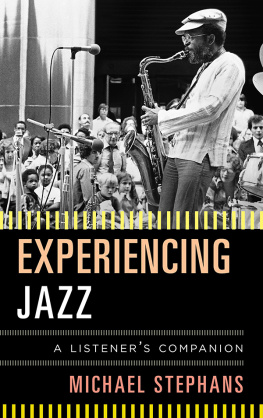
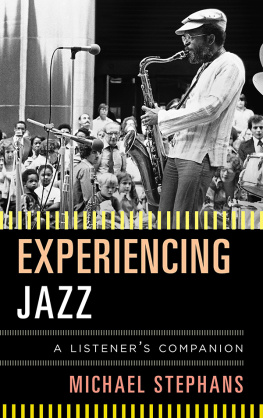


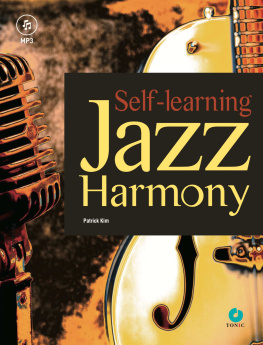
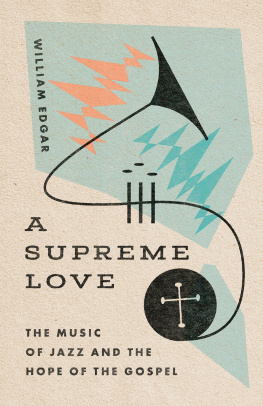
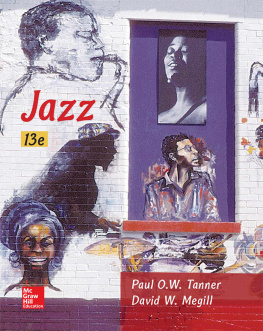
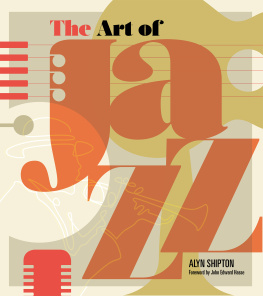
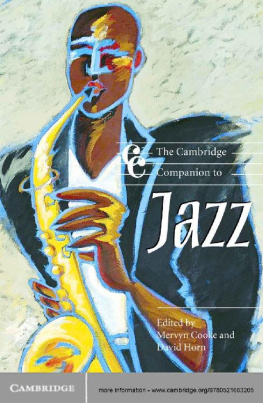
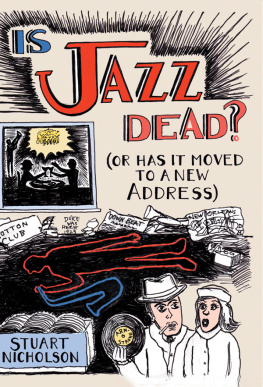
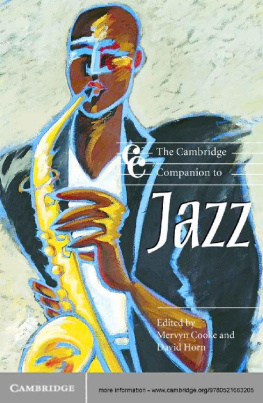



 The paper used in this publication meets the minimum requirements of American National Standard for Information SciencesPermanence of Paper for Printed Library Materials, ANSI/NISO Z39.48-1992.
The paper used in this publication meets the minimum requirements of American National Standard for Information SciencesPermanence of Paper for Printed Library Materials, ANSI/NISO Z39.48-1992.